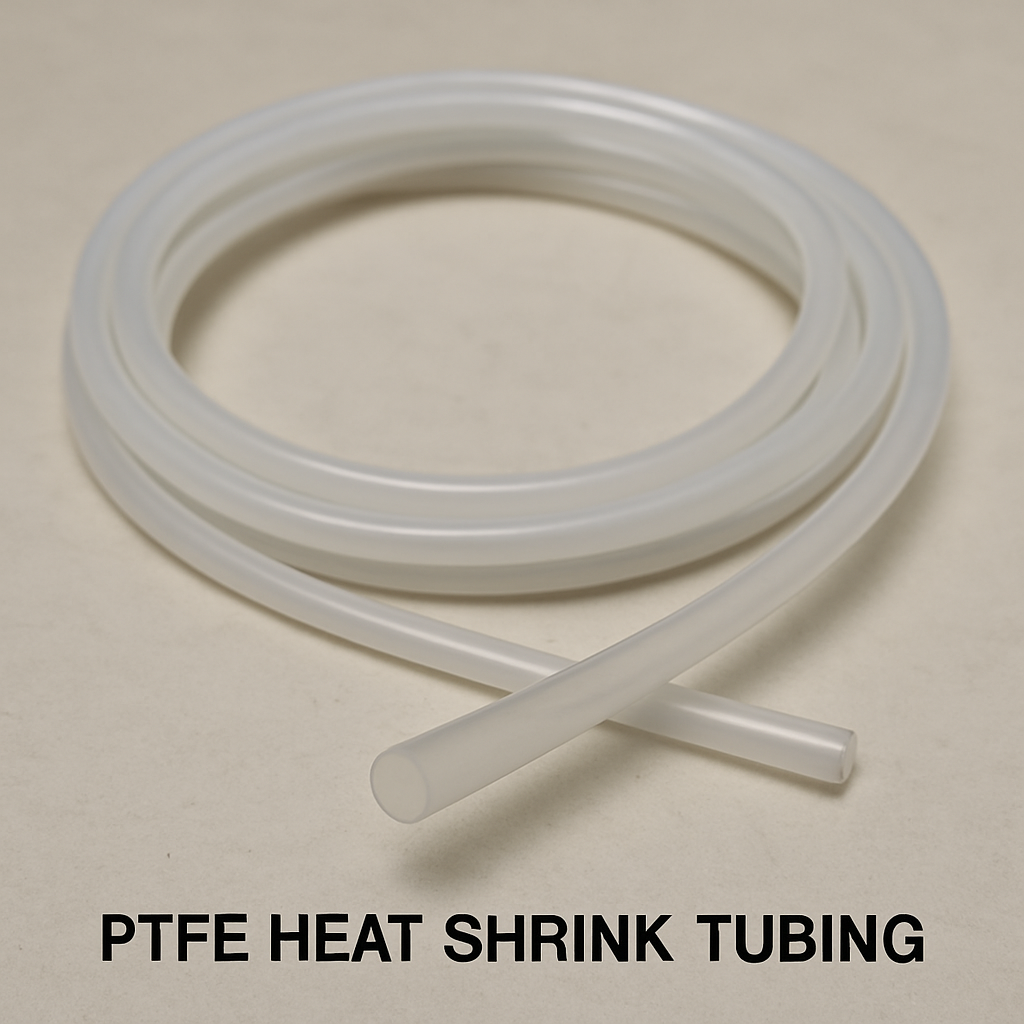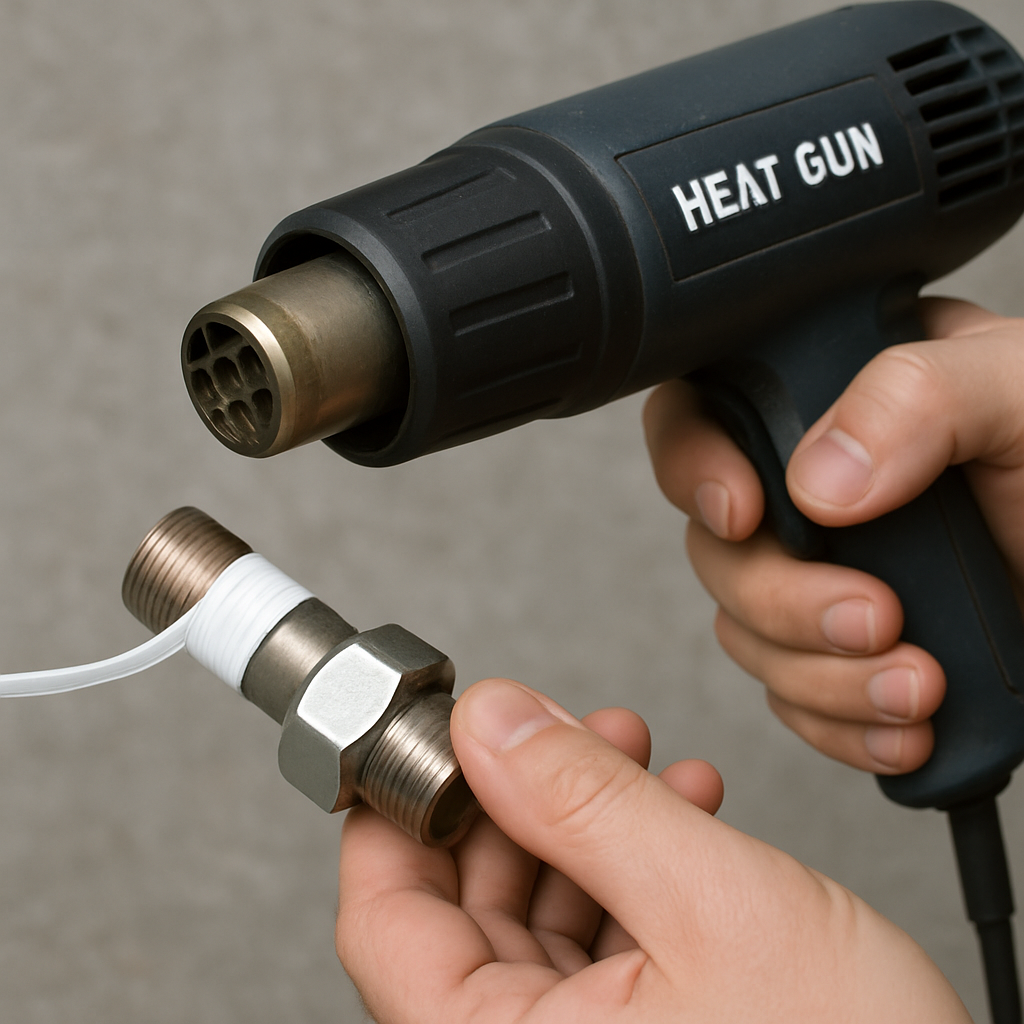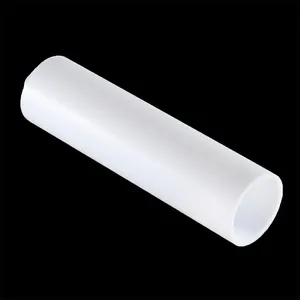When it comes to finding the right material for high-temperature applications, PTFE heat shrink tubing stands out as a top choice. Known for its impressive temperature resistance, PTFE (Polytetrafluoroethylene) shrink tubing provides a reliable solution for various industrial needs. This guide will explore the optimal temperature settings for PTFE heat shrink, ensuring you get the most out of this versatile material.
Understanding PTFE Temperature Resistance
PTFE is renowned for its ability to withstand extreme temperatures, making it ideal for environments that demand high thermal endurance. With a melting point of around 327°C (620°F), PTFE heat shrink tubing can easily handle temperatures that would cause other materials to fail. Its unique properties make it resistant to chemicals, UV radiation, and abrasion, which adds to its durability and longevity in demanding applications.
The Importance of the Right PTFE Heat Shrink Temperature
Using the correct temperature when applying PTFE heat shrink tubing is crucial for achieving a perfect fit and ensuring the material’s integrity. If the heat applied is too low, the tubing may not fully shrink, leading to an ineffective seal. Conversely, applying excessive heat can damage the tubing, compromising its strength and functionality. Therefore, understanding the optimal PTFE shrink temperature is essential for successful application.
Optimal PTFE Shrink Temperature
The optimal temperature for shrinking PTFE tubing typically ranges from 340°C to 375°C (644°F to 707°F). This range ensures that the tubing shrinks adequately while maintaining its structure and performance characteristics. It’s important to use a heat gun or an oven that can reach these temperatures for the best results. Additionally, the heat should be applied evenly across the tubing to avoid any weak spots or uneven shrinkage.
Tips for Applying PTFE Heat Shrink Tubing
- Prepare the Surface: Ensure the surface you are applying the PTFE tubing to is clean and free from any debris or contaminants. This will help in achieving a tight fit and effective seal.
- Measure and Cut: Accurately measure the length of PTFE tubing needed and cut it accordingly. It’s crucial to leave a little extra length to account for any adjustments during the shrinking process.
- Apply Even Heat: Use a heat gun or oven to apply consistent and even heat to the PTFE tubing. Move the heat source in a sweeping motion to ensure uniform shrinkage.
- Monitor the Process: Keep an eye on the tubing as it shrinks to prevent overheating. Remove the heat source as soon as the tubing has fully conformed to the shape of the underlying object.
Conclusion
PTFE heat shrink tubing is an exceptional choice for high-temperature applications, thanks to its remarkable temperature resistance and durability. By understanding and applying the optimal PTFE heat shrink temperature, you can ensure a flawless fit and maximize the performance of this versatile material. Always follow best practices when working with PTFE to achieve the best results for your specific application needs.








